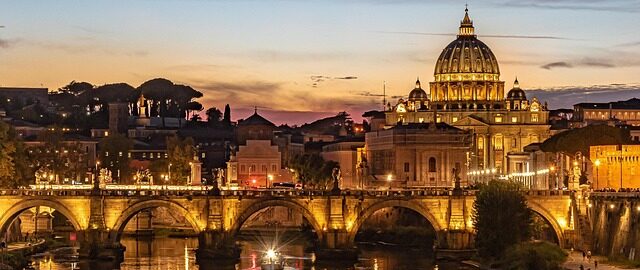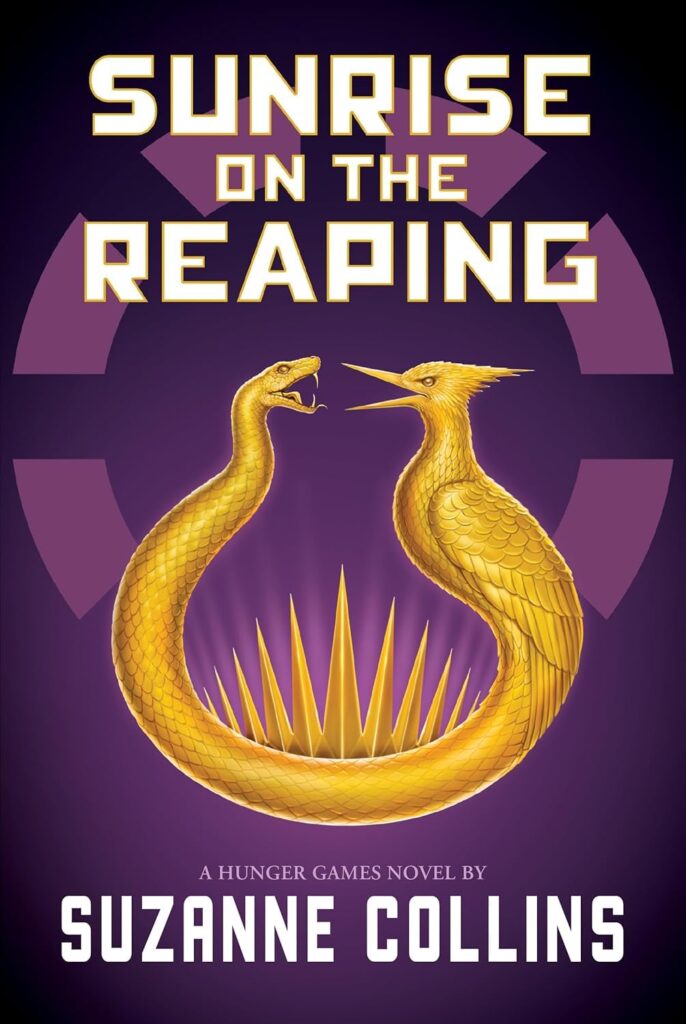Rome — a city where past and present collide in the most glorious way. From the awe-inspiring Colosseum to the whisper of coins falling into the Trevi Fountain, every stone, column, and cobbled alley in the Eternal City seems to echo with the footsteps of emperors, artists, popes, and dreamers. I’ll take you through the must-see landmarks, the latest travel updates (including new rules at the Trevi Fountain), unforgettable food stops (including Anthony Bourdain’s favorite Osteria), and a few recommendations to make the most of your Roman holiday.
The Heart of Ancient Rome — Colosseum and Roman Forum
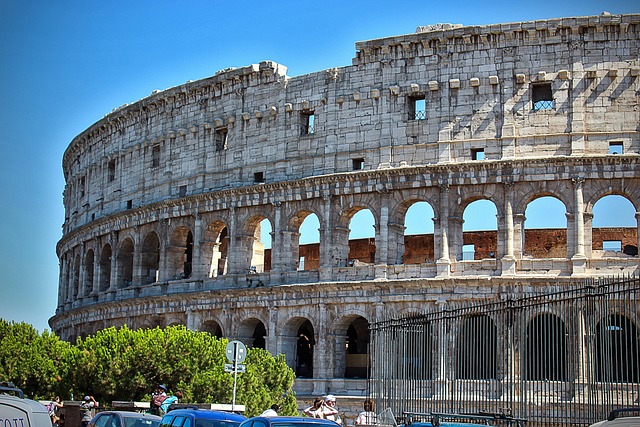
No visit to Rome would be complete without standing in the shadow of the Colosseum, the colossal amphitheater that once held 50,000 spectators. As you step inside, it’s easy to imagine the roar of the crowd and the gladiators preparing for combat. For a deeper experience, I highly recommend booking a guided tour with underground access — these tours bring you to the hypogeum, the complex subterranean network that once held wild animals and combatants before they ascended into the arena.
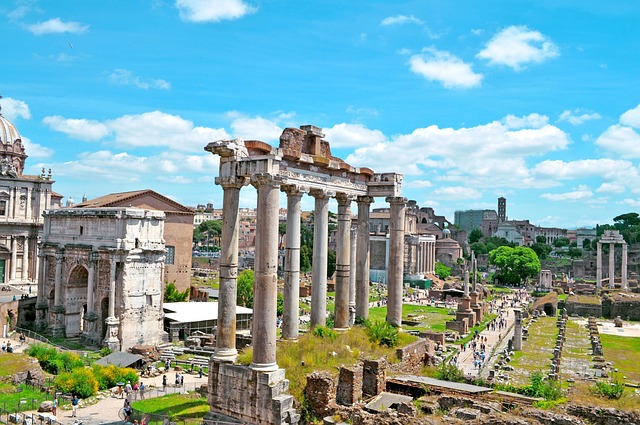
Right next door lies the Roman Forum, the bustling center of public life in ancient Rome. Though now in ruins, it’s an evocative place: you walk along the Via Sacra, the same path emperors and priests once took during grand processions. A good guide (or at least a well-reviewed audio tour) is essential here — otherwise, it’s just a pile of rocks. With a guide, you’ll learn the significance of sites like the Temple of Saturn, the Arch of Titus, and the Curia where the Roman Senate once debated the future of the empire.
To avoid some of the lines at the Colosseum you can go to the Forum first and purchase a combine ticket for both sites. Also, consider getting the self guided audio tours at the ticket windows.
Trevi Fountain, Pantheon, and Spanish Steps
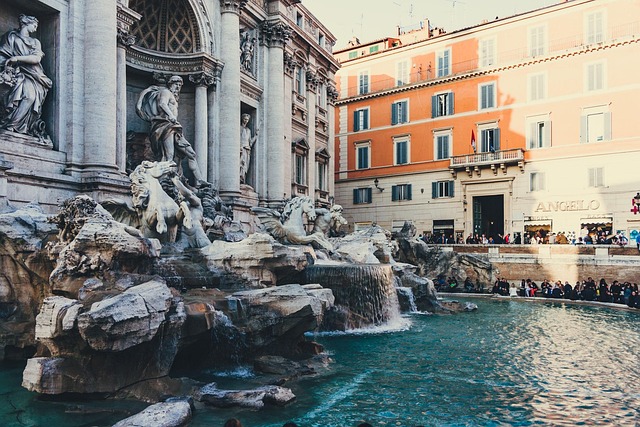
After ancient history, it’s time for la dolce vita. Start your day with an early visit to the Trevi Fountain, especially since new rules have been strictly enforced in 2025. No sitting on the edges, no wading in the water, and absolutely no eating or drinking near the fountain. Security is present, and fines are steep — up to €500. The good news? These measures make for a more peaceful, respectful experience. Arrive before 8:00 AM to snap that perfect photo without crowds. And yes — throw a coin over your left shoulder into the fountain. Legend says it ensures a return to Rome.

From there, take a 10-minute stroll to the Pantheon, one of the most perfectly preserved ancient buildings in the world. Originally built as a temple to all the Roman gods and later converted into a Christian church, the Pantheon’s oculus — a circular opening at the dome’s apex — still lets in sunlight (and sometimes rain). As of 2023, visitors must now pay a small entrance fee (€5), but it’s worth every cent to witness architectural perfection.
Next, wander toward the Spanish Steps, a favorite meeting point for locals and tourists alike. Climb to the top to enjoy sweeping views of Rome’s rooftops, then descend into the luxury shopping district along Via Condotti. Like the Trevi Fountain, the Spanish Steps also have strict regulations now: no sitting, picnicking, or dragging rolling suitcases up the steps.
A Spiritual Pilgrimage to Vatican City
Whether you’re religious or not, Vatican City is an essential part of the Roman experience. Start early with a guided tour of the Vatican Museums, which house over 70,000 artworks including the famous Raphael Rooms and of course, Michelangelo’s Sistine Chapel ceiling. Booking a skip-the-line tour or a before-hours VIP experience is crucial, especially during peak travel months (April–October).
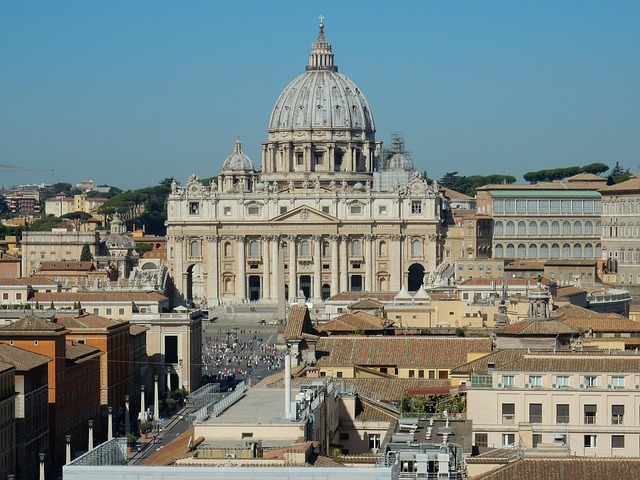
After the museums, exit into St. Peter’s Basilica, the largest church in the world. Climb the dome (if you’re feeling energetic) for one of the most panoramic views of Rome. Even if the line is long, it moves quickly and the reward is immense.
If you’re visiting on a Wednesday, try to secure tickets to the Papal Audience, a weekly event where the Pope addresses the public. It’s free, but requires advance reservation through the Vatican’s website.
Dining in Rome: From Street Food to Bourdain’s Favorite Osteria
Rome’s dining scene is a glorious mix of old-school trattorias, contemporary bistros, and hole-in-the-wall pizza joints. Here’s how to eat your way through the city:
Morning Fuel: Coffee and Pastries
Romans take their coffee seriously. Stop into Sant’Eustachio Il Caffè, near the Pantheon, for a perfect espresso. Pair it with a cornetto (Italian croissant), and you’re ready to explore.
Lunch: Pizza al Taglio or Fresh Pasta
Grab pizza al taglio (by the slice) from Pizzarium Bonci, near the Vatican. Gabriele Bonci’s gourmet creations include toppings like mortadella with pistachio cream and zucchini blossoms with ricotta.
Alternatively, head to Roscioli Salumeria con Cucina — a hybrid deli, wine bar, and trattoria that serves up unforgettable carbonara.
Dinner: Osteria 1931 – A Bourdain Favorite
Tucked away in the Balduina neighborhood, far from the tourist crush, is Osteria Bonelli (Osteria 1931) — one of the few places Anthony Bourdain visited during his Roman episode of No Reservations. It’s a no-frills, locals-only gem that serves hearty Roman cuisine without a hint of pretension. Order the cacio e pepe, saltimbocca alla Romana, and don’t skip the house wine. The prices are refreshingly reasonable, and the vibe is quintessentially Roman: loud, flavorful, and honest.
“This is where I’d go if I lived here.” — Anthony Bourdain
Gelato Breaks
Make room for gelato, and don’t settle for the fluorescent, fluffy stuff. Try Gelateria del Teatro, Fatamorgana, or Otaleg — artisanal, fresh, and deeply flavorful. Go for seasonal fruit flavors or classics like pistachio and stracciatella.
Rome is a paradox — chaotic and serene, ancient and modern. It’s a city best explored slowly, on foot, gelato in hand, with nowhere to be but everywhere to go. My best advice? Don’t rush. Sit at a café in Trastevere. Listen to a street musician near Piazza Navona. Take a detour down an alley just because it looks interesting.
And remember, you’re not just visiting Rome — you’re part of a story that began over 2,700 years ago and continues to unfold with every coin tossed into the Trevi.
Quick Tips for Visiting Rome:
- Getting Around: Rome is walkable, but public transport (especially buses and Metro) is efficient. Consider a Roma Pass for free entry to some attractions and transport access.
- Tipping: Not required, but rounding up or leaving a euro or two is appreciated.
- Best Time to Visit: Late April–June and September–October for pleasant weather and fewer crowds.
- Language: Italians appreciate it when you try a little Italian. “Buongiorno” and “Grazie” go a long way. There are many brief tutorials on Youtube to learn the language basics, like the one below.
If you’ve been to Rome recently or plan to go soon, share your favorite spots or ask me for personalized tips. The Eternal City always has more secrets to reveal.
Arrivederci, and buon viaggio!


